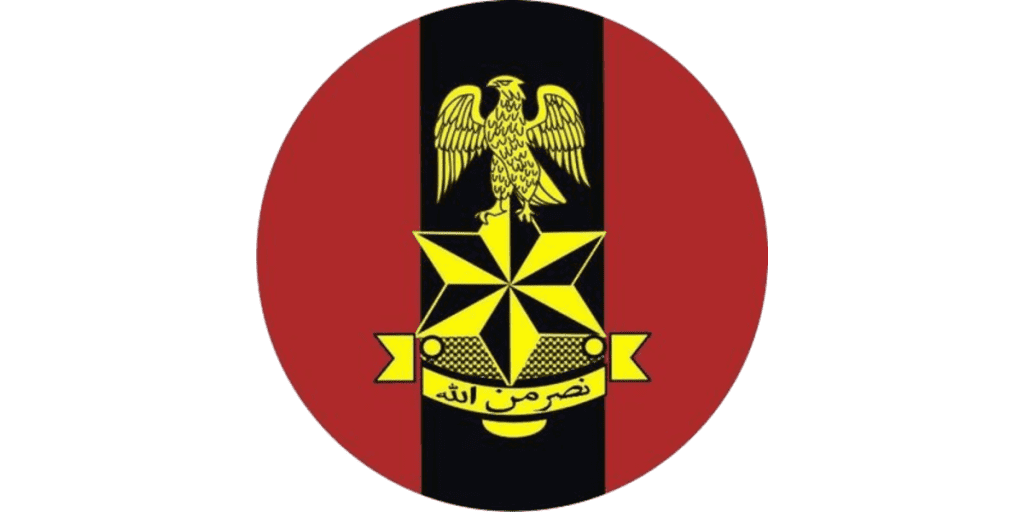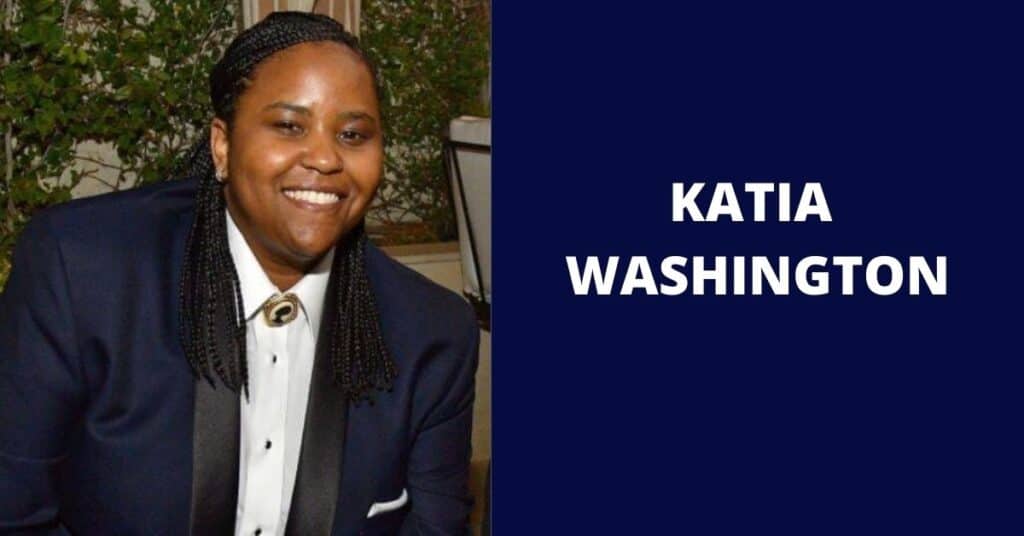The Nigerian Army is the ground service arm of the Nigerian Armed Forces. Founded in 1960, the Nigerian Army is run by the Nigerian Army Council (NAC). The Nigerian Army’s highest-ranked military official is called the Chief of Army Staff.
Following South Africa and Egypt, the Nigerian Army is one of the most significant and powerful armies on the African continent. With more than 100,000 soldiers spread across four divisions, it is actively engaged in operations against Boko Haram and other rebel and terrorist groups both domestically and beyond in Africa.
Compared to its neighbors, the Nigerian Army is relatively and reasonably well-equipped, experienced, and trained. Wearing the Nigerian army’s fatigues gives a feeling of great pride, honor, and accomplishment to the nation’s youth.
Also, check out Arms of Government in Nigeria.
Enrolling in the military is one thing; building a career in the military is another. To do this, one has to work one’s way up the hierarchy of ranks that are present in the military.
This article brings to your exposure all the levels in the Nigerian Army and how to recognize their symbols. The following are the ranks in ascending order, along with the logo portraying them.
The Nigerian Army Ranks and their Symbols
We have grouped the Nigerian Army ranks into two, the ranks for Non-commissioned officers and the ranks for commissioned officers.
The Ranks for Non-Commissioned Officers
These ranks are obtained through enlistment, i.e., they joined voluntarily but without passing through the Nigerian Defence Academy (NDA).
Private
This is the lowest rank in the Nigerian Army. You can become a personal by joining the army as a recruit and becoming a Non-Commissioned Officer (NCO). Sometimes, following disciplinary action at the Basic Combat Training, troops are given the Army private officer rank (BCT). This rank is the only one without a logo.
Lance Corporal
This is higher than a Private but still under the Non-Commissioned Officer quota. Promotion from Private to Lance Corporal can be achieved after spending five years as a private. A Lance Corporal bears a one-shoulder mark in the shape of a “V.”
Corporal
Still under the Non-Commissioned officer quota is the Corporal rank act as the smallest unit or troop leader. Additionally, corporals are in charge of their soldiers’ grooming, training, and hygiene. The rank insignia for Corporals shows double “V” markings.
Sergeant
In the Nigerian Army, a sergeant is a junior Non-Commissioned Officer who supervises soldiers’ daily activities and frequently commands a team or section of troops marginally more significant than a Corporal’s squad. It is the lowest rank capable of dishing out orders. The insignia for this rank are three “V” markings.
Staff Sergeant
A Staff Sergeant is the senior NCO in the Nigerian Army who works with more soldiers and is in charge of more property and equipment than a sergeant. The staff sergeant ensures that the troops in their troop, squad, or team continue to thrive.
The Staff Sergeant frequently has one or more sergeants reporting directly to them. The Staff Sergeant has three” V” marks and a golden eagle on top as a symbol of his rank.
He is essentially responsible for developing, sustaining, and exploiting the full spectrum of their soldiers’ abilities.
Warrant Officer/Sergeant First Class
This is a senior NCO rank in the Nigerian army, and it serves as the master warrant officer’s primary assistant and advisor and is in charge of providing soldiers with training and care.
Additionally, the Sergeant First Class instructs the soldiers in their squads, crews, or troops on the group and individual responsibilities.
It is believed that this of the army and its symbol is the golden eagle encompassed by the matching golden entanglement of olive leaves. Sergeant First Class typically oversees several staff sergeants.
Master Warrant Officer/Master Sergeant
The Master Sergeant Officer is the head of Non-Commissioned Officers at the battalion level and occasionally above. Seeing the storage and maintenance of military equipment is another duty of the Master Sergeant.
Despite not having all of a Warrant Officer’s leadership responsibilities, Master Sergeants are nonetheless expected to carry out their other obligations professionally.
The Nigerian Coat of Arms, with the horses in silver and the rest in gold, serves as the symbol for the Master Sergeant.
The Ranks for Commissioned Officers
These ranks are obtained by graduating from the Nigerian Defense Academy (NDA). They include:
Second Lieutenant
In the Nigerian Army’s hierarchy of Commissioned Officers, the Second Lieutenant is at the bottom.
The Second Lieutenant reports directly to the First Lieutenant, who in turn reports to the Captain. A single silver star serves as the Second Lieutenant’s insignia.
First Lieutenant
A First Lieutenant or simply Lieutenant typically oversees a small tactical unit, like a platoon or troops, as a company grade.
The office of a First Lieutenant also acts as the Captain’s deputy. On the shoulders of the First Lieutenant are two silver stars, one on top of the other.
Also, check out Nigerian Zip Codes.
Captain
The highest rank for tactical troops is captain, who typically serves as either a commander or second in command. Most people agree that the most significant class a soldier may obtain while still doing in the field is Captain.
This is why most action movies use this rank frequently, as they are tasked with attacking and defending tactics.
The Captain occupies a position between Lieutenant and Major. The Captain logo consists of three stars arranged on top of one another.
Major
It is the second in command in the major organizations of the contemporary military and the lowest field-grade commissioned rank above captain in the Nigerian Army.
The Major is essentially the lowest level of field officer in the Nigerian Army’s commissioned rank. A silver eagle serves as the rank of major’s insignia
Lieutenant Colonel
The Lt. Colonel rank falls between the Major and Colonel ranks. In the Operations, Mission Support, Maintenance, or Medical group, a Lieutenant Colonel is typically the squadron commander or division head.
Lieutenant Colonel’s command units of up to 650 soldiers and serve as a deputy to the Colonel. The symbol for the Lieutenant rank is a silver eagle and one star.
Colonel
In the Nigerian Army, the Colonel serves as the senior officers’ primary counselor. At the battalion or brigade level, colonels often act as staff officers between field commanders.
Colonel is the position that comes after lieutenant colonel and just before brigadier general. The symbol for a Colonel’s rank is a silver eagle and two stars arranged vertically.
Brigadier General (1-Star General)
In the Nigerian Army, the Brigadier General is a field commissioned officer with a rank between colonel and general officer with a one-star rating.
A Brigadier General usually commands a brigade of between 4,000 to 7,000 soldiers when they are commissioned.
When selected for Brigadier General, most candidates have roughly 25 years of experience. The Brigadier General symbol consists of a silver eagle and three stars arranged in a triangle.
Major General (2-Star General)
The Nigerian Army’s Majors-General is a two-star commissioned officer who commands divisions that have between 10,000 and 16,000 men. He carries out the main tactical actions and engages in protracted combat.
Major General is the highest ranking category for commissioned officers in the Army, ranking above Brigadier General and below General and Lieutenant General in the hierarchy. The Major General rank has a golden eagle and crossed shape of a sword and baton as its logo.
Lieutenant General (3-Star General)
This is one of the highest commissioned officer positions above a Major General and below a General. The highest senior commissioned officer chosen by the President of Nigeria frequently holds the role.
This rank’s insignia consists of a vertical arrangement of an eagle, a star, and a crossed shape of a sword and baton, all colored gold.
General (4-Star General)
The Nigerian Army’s second-highest commissioned officer rank is general. Many Nigerians had attained this position of prominence. A General is an army staff officer who organizes the field operations of the troops rather than commanding them.
Typically, the General is in charge of forces that are bigger than a regiment or its equivalent or units that combine more than one branch of the military. Its insignia is a vertical arrangement of an eagle, two stars, and a crossed shape of a sword and baton, all in gold.
Field Marshal (5-Star General)
The Nigerian Army’s Field Marshal rank, which outranks other General officers, is the highest and most senior for commissioned officers. Field Marshal is typically regarded as a five-star rank in today’s armed services. Nonetheless, nomination to that level necessitates a great deal of outstanding military accomplishment.
Nobody has attained this rank, with the highest level being in general classes. Anyone who becomes a Field Marshal can act without being challenged.
For this reason, some of the previous Generals had to be retired as this rank is one of immense power.
Its insignia is an emblem of a crossed sword and baton, surrounded by two branches, with an eagle perched on top, all in gold.
Final Notes on The Nigerian Army Ranks and their Symbols
The Nigerian Army consists of a hierarchy that has to be attained one at a time for a given period. Going through the Military Academy (in this case, the Nigerian Defence Academy) gives you a headstart, with a difference of 7 ranks minimum, over someone who enlisted as an NCO.
All these ranks require optimum dedication and diligence, and all should be done, no matter the level, to achieve the grand goal- national security.
Before you go, check out Kitchen Items List.








Pingback: Nigeria National Symbols and their Meaning | DailyDigitalNg